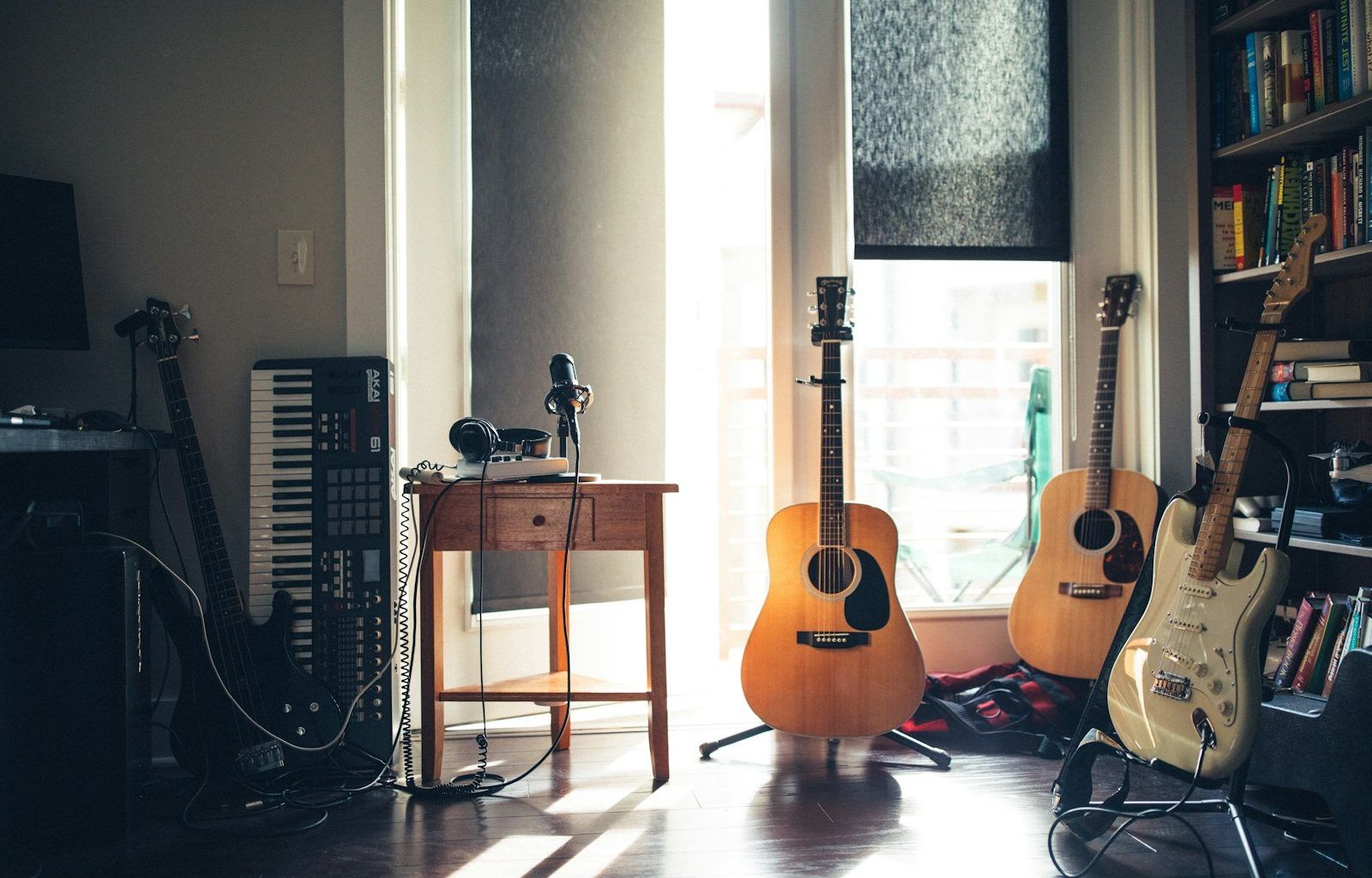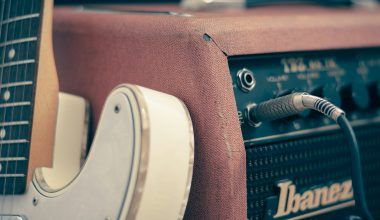Building a home studio might sound like a daunting task, but it doesn’t have to be. With a little planning and the right guidance, you can create a space that not only meets your needs but also inspires your creativity. Whether you’re an aspiring musician, a podcaster, or a video creator, having a dedicated studio in your home can make all the difference. Let’s explore how you can get started on this exciting journey.
Why Build a Home Studio?
First, let’s talk about why you might want to build a home studio. For many people, having a personal studio means convenience. You no longer have to book time at a commercial studio or lug your equipment around. Plus, having a space dedicated to your craft means you can focus better and work at your own pace. And let’s not forget the cost savings over time—owning a home studio can pay for itself if you’re creating regularly.
Another reason is control. A home studio gives you complete freedom over your setup, your schedule, and your creative process. You can design it to fit your specific needs, whether that’s for recording music, shooting videos, or even just practicing your skills. It’s your space, and you get to make the rules.
Planning Your Home Studio
Before you start buying equipment, it’s crucial to have a plan. Think about the purpose of your studio. Are you primarily recording music? Or maybe you’re setting up for video production. Understanding your goals will help you make better decisions about the space and equipment.
Next, consider your budget. Building a home studio doesn’t have to break the bank, but it’s easy to overspend if you’re not careful. Make a list of essential items and prioritize them. You can always upgrade or add more equipment later.
Lastly, choose the right location in your home. Ideally, pick a quiet room with minimal outside noise. The size of the room will also play a role in how you set up your studio. A larger room might offer better acoustics, while a smaller room can feel more intimate and focused.
Soundproofing and Acoustics
Soundproofing and acoustics are critical when building a home studio. You don’t want external noises ruining your recordings, and you definitely don’t want to disturb others in your home.
To soundproof your studio, start with the basics. Use thick rugs, heavy curtains, and weather stripping on doors and windows. If you’re willing to invest more, consider installing acoustic panels or foam. These not only reduce noise but also improve sound quality by minimizing echoes and reverberations.
For acoustics, placement is key. Position your speakers and microphones carefully to get the best sound. You might also want to add bass traps in the corners of the room to manage low-frequency sounds. Experiment with different setups until you find what works best for your space.
Essential Equipment
Now let’s talk about the fun part: equipment. The exact gear you need will depend on your goals, but here are some essentials to get you started:
- Computer: A reliable computer is the backbone of any home studio. Whether you’re editing audio or video, you’ll need a machine that can handle the workload.
- Audio Interface: This device connects your instruments or microphones to your computer. Look for one with multiple inputs if you’ll be recording several sources at once.
- Microphones: Invest in a good quality microphone. Condenser microphones are great for vocals, while dynamic microphones work well for instruments.
- Headphones and Monitors: A good pair of studio headphones and monitors are essential for accurate sound reproduction. These will help you hear every detail in your recordings.
- DAW (Digital Audio Workstation): This is the software you’ll use for recording and editing. Popular options include Logic Pro, Ableton Live, and Pro Tools.
- Cables and Accessories: Don’t overlook the little things. High-quality cables, microphone stands, and pop filters can make a big difference.
Setting Up Your Studio
Once you have your equipment, it’s time to set up your studio. Start by arranging your desk or workstation. Keep your computer, audio interface, and monitors within easy reach. Make sure your cables are organized to avoid clutter.
Next, set up your recording area. If you’re recording vocals, consider creating a small vocal booth. This can be as simple as hanging some heavy blankets or using a portable vocal shield. For instruments, make sure you have enough space to move around comfortably.
Lighting is another important aspect, especially if you’re shooting videos. Use soft, diffused lighting to create a professional look. Natural light can also work well, but make sure it’s consistent.
Tips for Success
Building a home studio is an ongoing process. You don’t have to get everything perfect right away. Start with the basics and upgrade as you go. Take the time to learn your equipment and software. The more you know, the better your results will be.
Also, don’t be afraid to experiment. Try different setups, techniques, and styles. Your home studio is your creative playground, so have fun with it. And remember, the goal is to create a space where you feel inspired and productive.
The Benefits of Having a Home Studio
Having a home studio isn’t just about convenience; it’s about empowerment. It gives you the freedom to create whenever you want, without worrying about time limits or external pressures. It’s a space that’s entirely yours, designed to fit your needs and style.
Over time, you’ll likely find that your home studio becomes more than just a place to work. It becomes a sanctuary where you can express yourself and explore your creativity. And that’s something truly priceless.
Conclusion
Building a home studio is an investment in yourself and your craft. It’s a project that requires some effort, but the rewards are well worth it. By planning carefully, choosing the right equipment, and creating a space that inspires you, you can set yourself up for success. So why wait? Start building your home studio today and take your creativity to the next level.
For further reading, explore these related articles:
- Taylor Swift Spotify Streams: How She Became the Queen of Streaming
- Mo Bamba Lyrics: The Story of a Song That Took the World by Storm
For additional resources on music marketing and distribution, visit DMT Records Pvt. Ltd..






